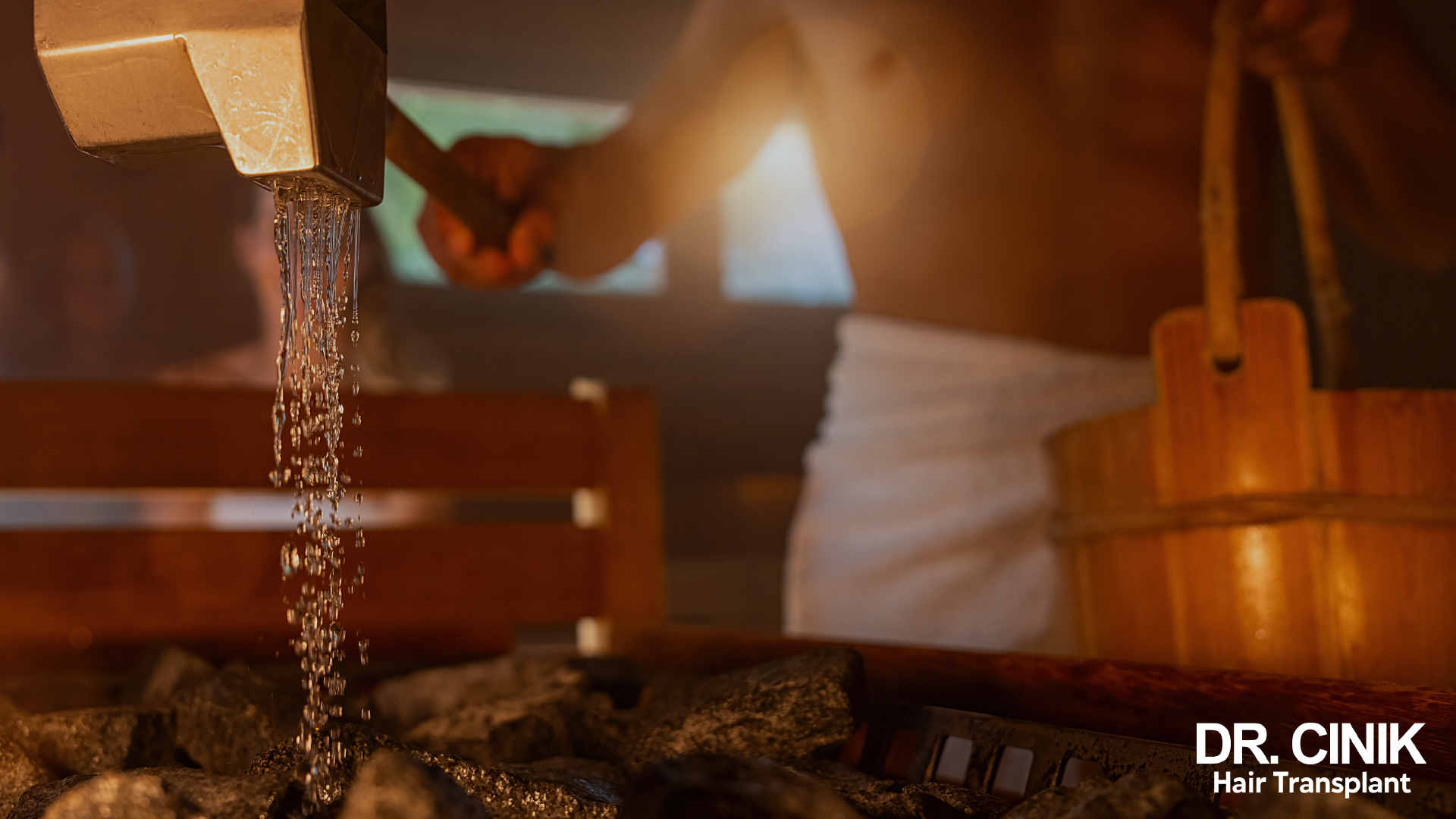Can You Get a Hair Transplant in Summer?
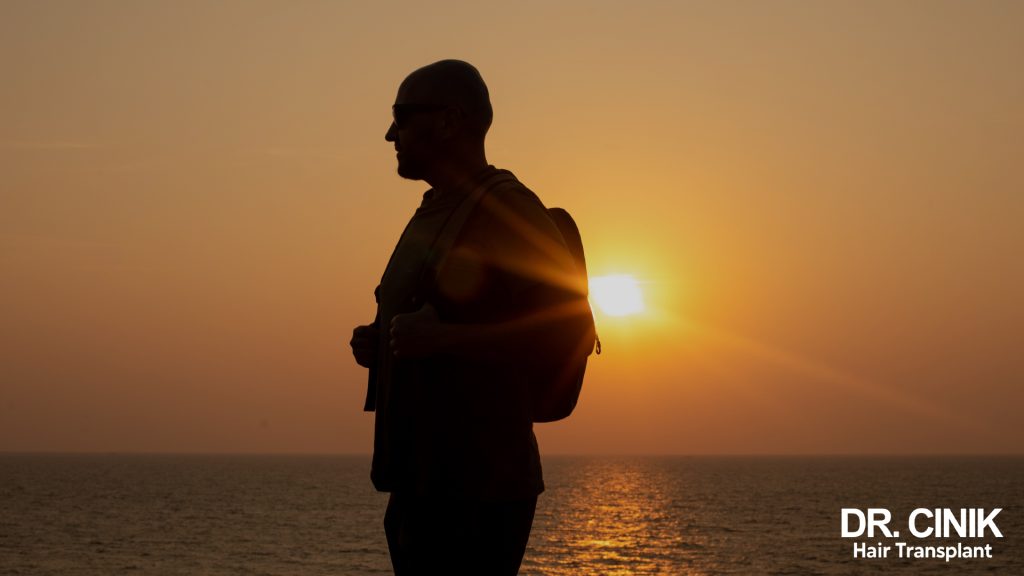
Sommaire
Dispelling a common myth, it is possible to undergo hair transplants at any time of the year, whether in summer or winter. While the summer season does call for particular attention to sun protection, the key to a successful hair transplant hinges on diligent adherence to post-operative care, regardless of the season.
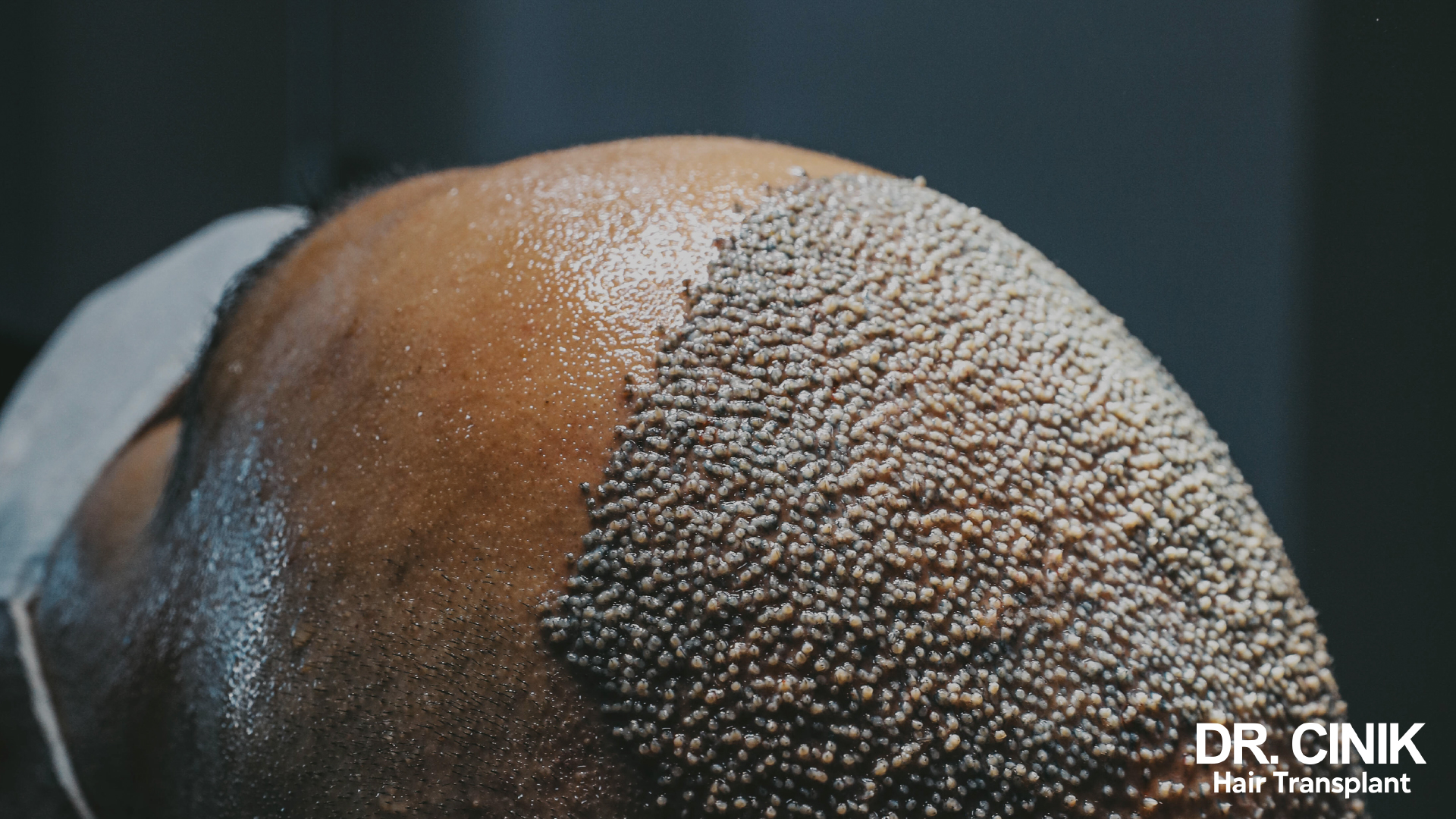
Hair transplantation with the FUE technique has no seasonal effect
The FUE (Follicular Unit Extraction) method is the most widespread approach for hair follicle harvesting and transplantation, and it is perfectly suited for summer months due to its minimal invasiveness. Unlike the FUT (Follicular Unit Transplantation) technique, which requires suturing wounds, FUE procedures do not have any contraindications tied to the warmer seasons or direct sun exposure, whether in summer conditions or tropical climates.
Furthermore, data reveals that success rates for hair transplants are consistent across sunny regions throughout the year—comparable to those in areas with milder climates. This holds true as long as patients strictly follow the guidelines provided for postoperative care.
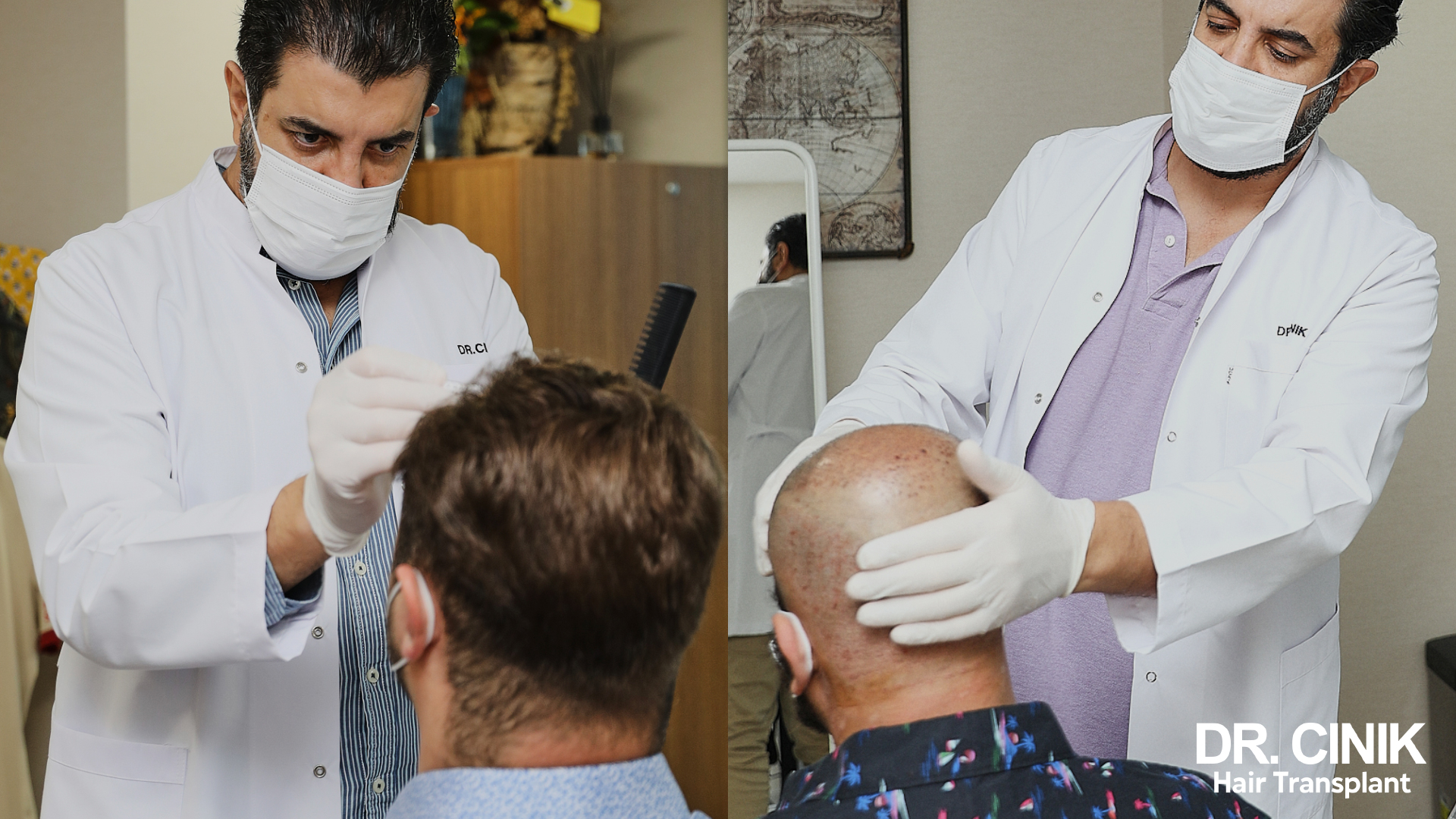
Limitations and precautions to be taken after hair transplantation in summer
Post-hair transplant recovery is a delicate phase that demands specific precautions. The goal is to promote optimal healing of the micro-incisions and to facilitate the successful integration of the transplanted hair follicles.
Sun Exposure Precautions
For the initial 4 to 6 weeks post-transplant, avoiding direct sunlight on the scalp is imperative. This is a crucial healing time when the scalp is particularly vulnerable. Sunlight’s UV rays can cause skin damage, hinder the healing process, and, in severe cases, lead to the necrosis of the grafts.
After this period, constant and comprehensive sun protection for the transplanted area is crucial. Opt for a wide-brimmed, bucket-style hat that offers full coverage without pressing against the scalp. Additionally, the liberal application of an SPF 50 sunscreen is vital for even short durations of sun exposure.
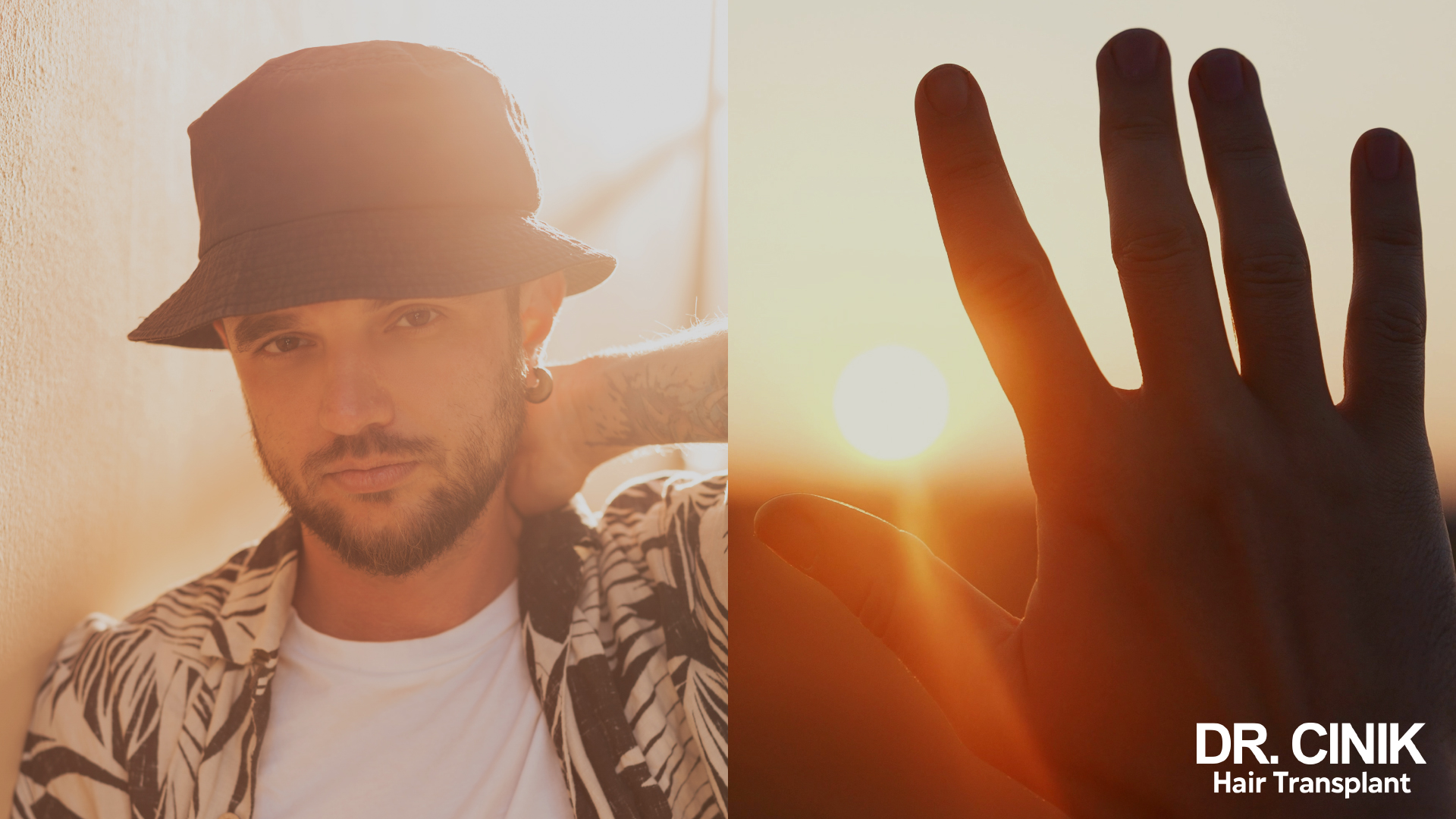
Swimming
You can take a dip in a pool or the sea roughly six weeks following your hair transplant. However, wearing a snug swimming cap is crucial to protect the newly integrated grafts from coming into contact with the water. This care helps ensure that your healing process remains uncompromised.
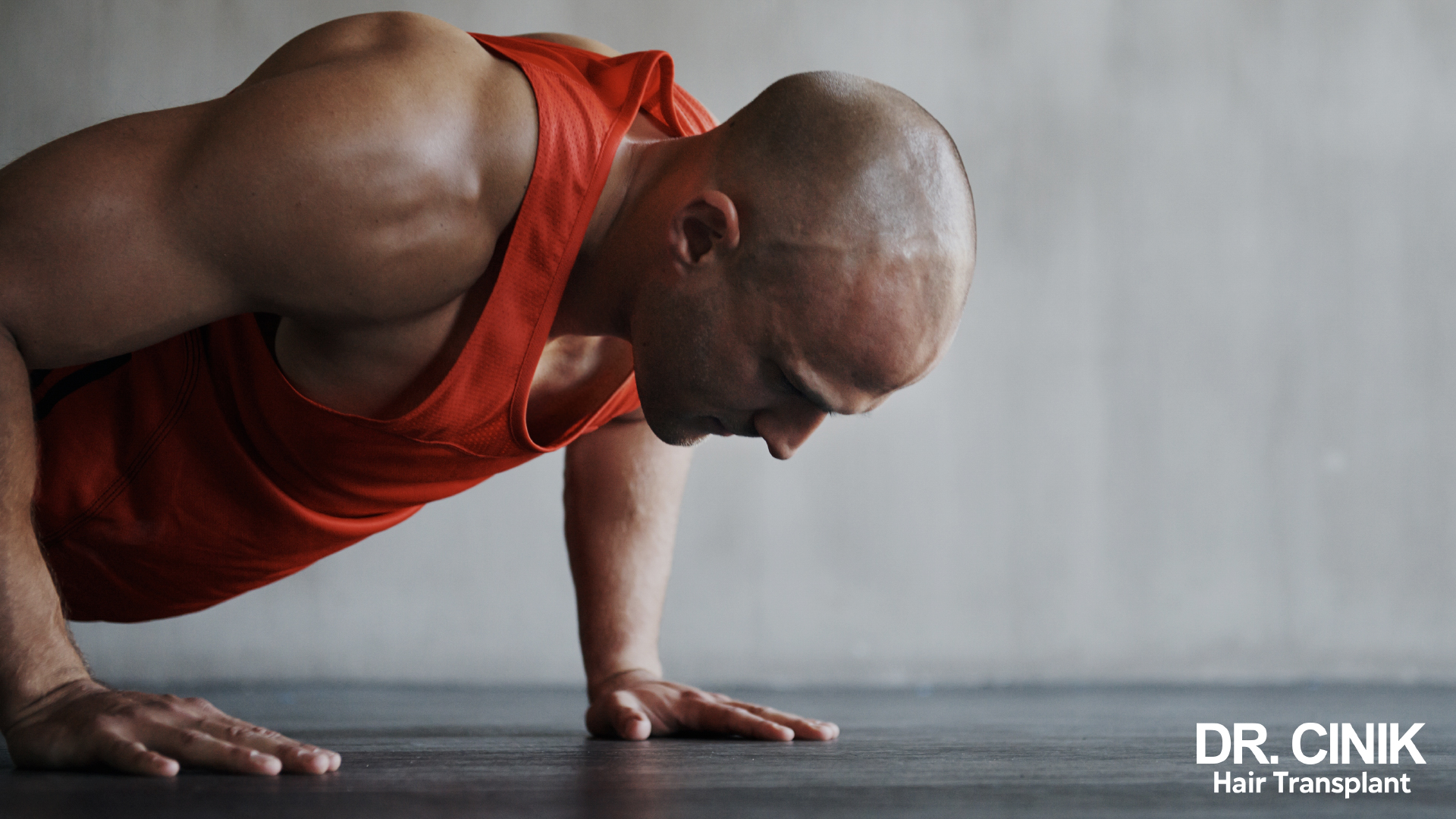
Sports activities
A cautious and staged approach is crucial when reintegrating physical activities and sports following a hair transplant.
During the initial month, it’s important to refrain from all forms of sports to allow the scalp time to heal without any undue stress or disturbance.
Come the 6-week mark, you can start to engage in mild activities provided they’re non-combative and low-impact — think along the lines of walking, swimming with a protective cap, or leisurely cycling that doesn’t push your limits.
By the 2-month point, you can begin to incorporate light weight training and easy-paced jogging into your routine.
Finally, after 4 months have elapsed, sports that carry a higher risk of contact to the head, such as rugby or boxing, can re-enter your regimen, though it’s paramount to use the proper headgear for safety.
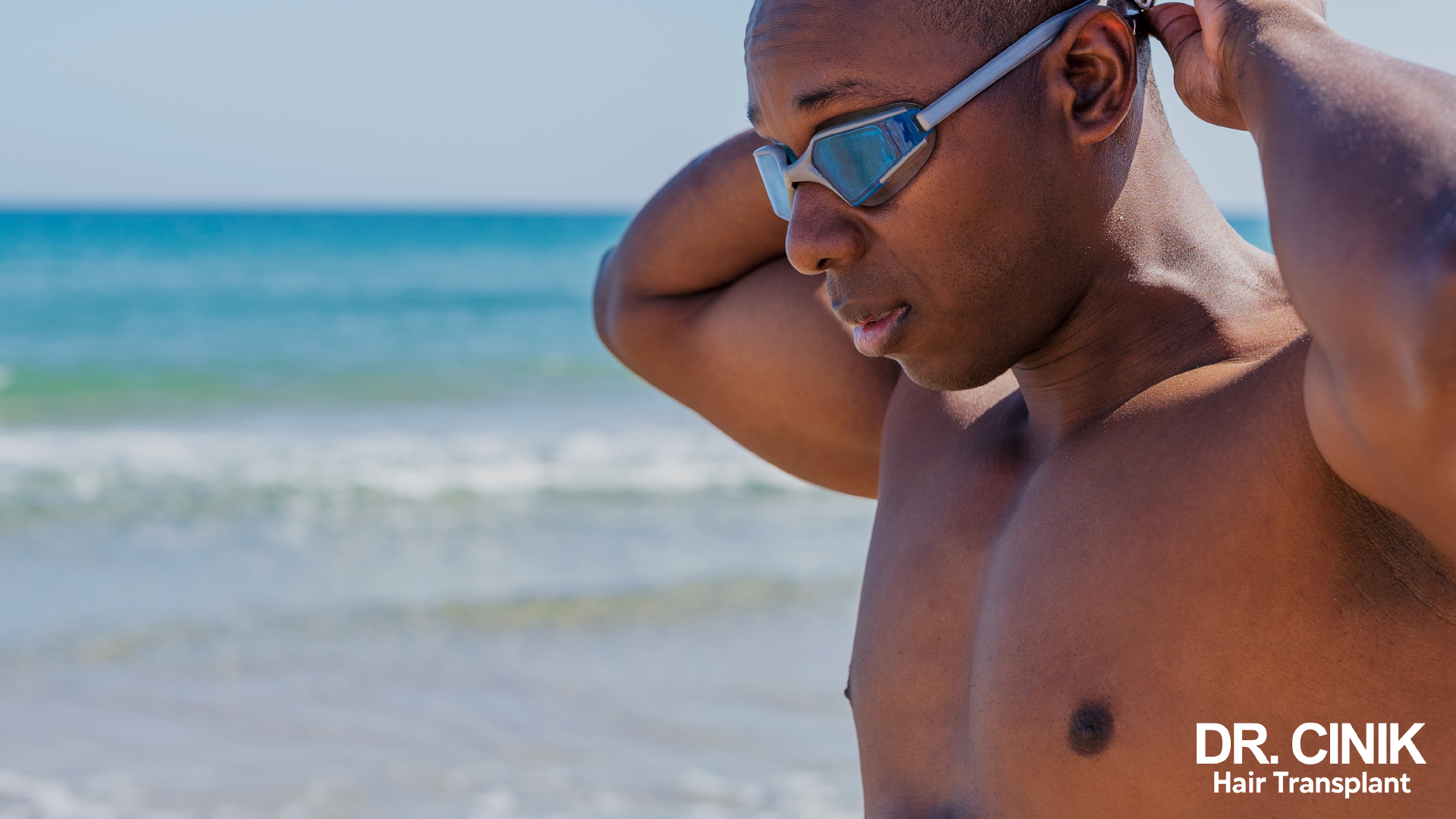
Sauna, steam room and jacuzzi
Engaging in sauna, steam room (hammam), or jacuzzi sessions is strictly advised against for the initial six months post-transplant. The combination of intense heat and humidity can negatively impact the vascularisation of the newly implanted grafts, potentially jeopardising their successful and permanent integration.
